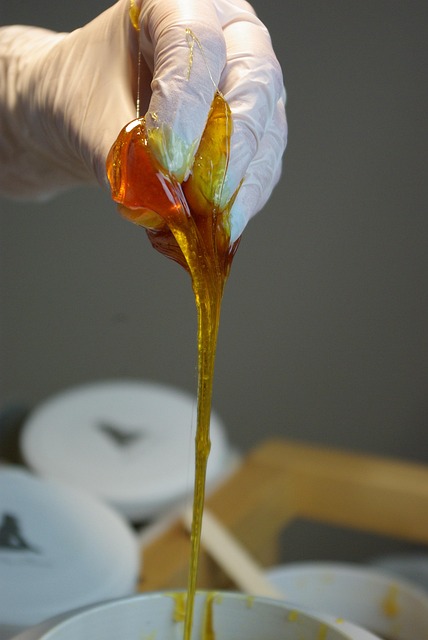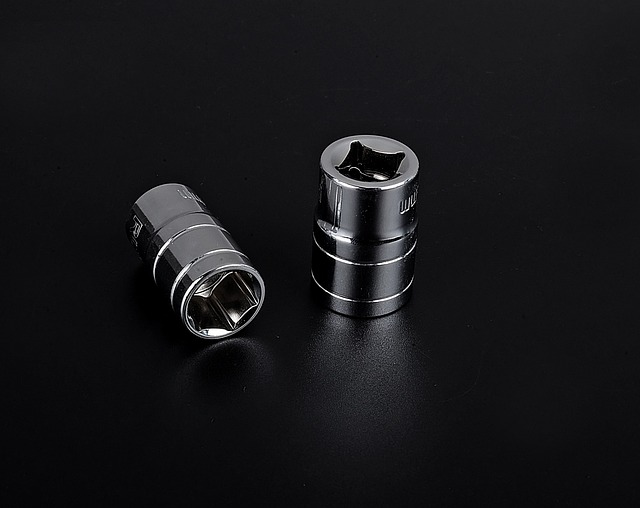Furniture odors can be challenging due to biological (bacteria, mold, food stains) and chemical (leather, fabrics, finishes) causes. Natural solutions like essential oils, baking soda, and vinegar are effective for mild cases. Chemical treatments, including odor absorbers and neutralizers, are potent but require careful application. Regular maintenance, ventilation, and professional services address persistent odors. Case studies demonstrate successful odor removal techniques using natural and advanced methods. Opting for natural solutions is an eco-friendly approach to Odor Removal.
Odor removal is a critical aspect of furniture care, ensuring your living spaces remain fresh and pleasant. Furniture can absorb various scents from cooking to pet odors, making it essential to understand these common causes. This article explores effective solutions for odor removal, encompassing natural remedies, chemical treatments, and DIY techniques. We delve into professional services, maintenance tips, and case studies, providing a comprehensive guide for tackling furniture smells. Discover the best practices for Odor Removal while considering environmental impacts.
Understanding Furniture Odors: Common Causes and Types

Furniture can absorb and retain odors from various sources, making it a challenge to maintain a fresh-smelling home. Understanding the common causes of furniture odors is the first step in effective odor removal. These scents often stem from either biological or chemical origins.
Biological odors result from the growth of bacteria, mold, or mildew on furniture, especially in environments with high humidity. Common culprits include food stains, pet accidents, and sweat from frequent sitting. Chemical odors, on the other hand, are emitted from materials like leather, fabrics, and finishes, which can react to heat, sunlight, or even age. These scents may be pleasant at first but can become overpowering over time. Effective odor removal techniques aim to address these specific causes, ensuring your furniture not only looks its best but also emits a pleasant aroma.
Natural Solutions for Efficient Odor Removal

Many people turn to natural solutions for efficient odor removal, especially when it comes to furniture. Essential oils like lemon, lavender, and tea tree oil are powerful aroma-neutralizers. Infusing these oils into fabrics or using them in homemade cleaning solutions can significantly reduce odors caused by sweat, pets, or smoke. Baking soda is another natural deodorizer that effectively absorbs moisture and neutralizes smells. Simply sprinkle it onto affected areas, let it sit for a while, then vacuum up the excess.
Plant-based cleaners are gaining popularity due to their safety and effectiveness. White vinegar, for instance, can cut through grease and grime while leaving behind a fresh scent. Combining it with water in a spray bottle creates a versatile cleaner that tackles both odor and sanitation concerns. These natural solutions not only help in removing odors but also contribute to a healthier living environment by reducing the use of harsh chemicals.
Chemical Treatments: Options and Considerations

Chemical treatments offer a powerful solution for odor removal, especially for stubborn or deep-seated smells. A range of options are available, each with its own advantages and considerations. One common approach involves using odor absorbers or neutralizers that chemically interact with the smell molecules. These products often contain enzymes or other compounds designed to break down odors at their source. They are effective on various surfaces and can be particularly useful for treating textiles, carpets, and upholstered furniture.
When opting for chemical treatments, it’s crucial to choose products tailored to specific odor types. For instance, some treatments target bacterial or mold-related smells, while others focus on pet odors or smoke residue. Additionally, safety should always be a priority. Follow the manufacturer’s instructions carefully, ensure proper ventilation during application, and consider the material of the furniture to avoid any potential damage or discoloration.
Steps to Effectively Deodorize Furniture at Home

To effectively deodorize furniture at home, start by identifying the source of the odor. Different materials—from leather to fabric—require distinct approaches. Once identified, address it promptly using natural remedies or store-bought solutions tailored for that material. For example, a leather couch can be treated with a mixture of equal parts lemon juice and water, while carpeting benefits from a sprinkle of baking soda followed by gentle vacuuming.
Let the treatment sit for several hours to allow absorption, then wipe down the surface with a damp cloth and repeat if necessary. Regular ventilation is crucial during this process; open windows or use a fan to expedite air circulation. Additionally, consider using odor-absorbing materials like charcoal or zeolite to further neutralize any lingering scents.
Professional Odor Elimination Services: When to Consider Them

Professional odor elimination services can be a game-changer when it comes to tackling stubborn furniture smells. While some minor odors can often be resolved with homemade remedies or basic cleaning techniques, there are instances where professional intervention is necessary.
Furniture that has absorbed strong, persistent aromas from sources like smoke, pet accidents, or previous occupants may require specialized equipment and knowledge to fully remove the scent. Professional services employ advanced techniques and odor neutralizers tailored to specific odors, ensuring a deeper clean than what can be achieved with over-the-counter products. Consider reaching out to these experts if the smell is intense, refuses to fade, or is linked to potential health risks, such as mold or mildew growth.
Preventing Future Odors: Maintenance Tips for Freshness

To prevent future odors and maintain freshness, regular maintenance is key. After addressing an existing odor issue with effective methods like charcoal or essential oils, establish a cleaning routine. Vacuum or dust furniture surfaces weekly to remove accumulated dust and dander, which can trap moisture and foster odor-causing bacteria. Avoid placing heavy items on upholstery or wood to prevent permanent damage and ensure even air circulation.
Regularly rotate cushions and seating areas to distribute wear evenly, reducing the risk of mildew and musty smells. For fabric furniture, consider using protective covers that are breathable yet resist stains. Additionally, keep the room well-ventilated by opening windows frequently, especially after cooking or using strong cleaning products. This promotes air circulation, discourages moisture buildup, and prevents odor recurrence.
Case Studies: Successful Odor Removal Stories

In the realm of furniture care, odors can often be a stubborn and unpleasant issue. However, there are numerous success stories of effective odor removal that serve as inspirational case studies. Take, for instance, the example of a family home where a pet had left behind an overwhelming smell. Professional cleaners utilized specialized techniques, including advanced odour neutralization agents, to not only eliminate the foul scent but also restore the space’s freshness and appeal. This transformation demonstrates the power of combining scientific solutions with meticulous attention to detail.
Another compelling case involves a vintage piece of furniture that had absorbed unpleasant odors over time due to its age and previous owner’s habits. Restorers employed a multi-step process, starting with a thorough cleaning to eliminate surface debris. They then utilized odour-absorbing materials and natural remedies, such as citrus peels and essential oils, to infuse the wood with a pleasant aroma. This meticulous approach not only removed persistent odors but also enhanced the furniture’s aesthetic appeal, showcasing that odor removal can be an art form in itself.
Environmental Impact of Odor Removal Products

When it comes to odor removal for furniture, it’s essential to consider the environmental impact of the products used. Many conventional odor eliminators rely on synthetic chemicals that can be harmful to both people and the planet. These chemicals often leave behind potentially toxic residues and contribute to air pollution. In today’s eco-conscious world, consumers are increasingly looking for natural alternatives for odor removal.
Natural odor removal methods offer a safer and more sustainable approach. Products derived from essential oils, plants, and enzymes can effectively combat odors without the adverse effects of synthetic chemicals. These solutions not only reduce environmental pollution but also provide a healthier indoor atmosphere. By choosing eco-friendly options, individuals can ensure their homes remain fresh and free from unpleasant smells while minimizing their ecological footprint.
